It’s year five, or maybe 10, of “drones are going to revolutionize transport,” and so far we’ve got very little to show for it. Maybe it’s time to put these foolish ambitions to rest and focus on where this technology could actually do some good, rather than pad out a billionaire’s bottom line or let the rich skip traffic.
The promise of drone deliveries, drone taxis and personal drone attendants has never sat, or rather floated, right with me. There’s so little to be gained, while braving so much liability and danger, and necessitating so much invention and testing. Why is anyone even pursuing this?
I suspect it is the Jetsons-esque technotopianism instilled in so many of us from birth: It’s only a matter of time and effort before we have the flying cars, subliminal learning pillows and robot housekeepers we deserve, right? It feels like because we have things that fly, and things that can navigate autonomously, we should be able to put those things together and make delivery drones and air taxis. We just have to wait for the right genius kid building the future out of their garage, with the help of your friendly neighborhood VCs.
Of course it’s not quite that easy. And although the Jetsons mentality explains our acceptance of the development of these technologies — unlike others that we disapprove of for their impracticability, cost or ethics — it doesn’t really explain why a company like Amazon is spending hundreds of millions of dollars to pursue it. The answer there, fortunately, is as clear as why Amazon does anything.
To paraphrase Dr. Johnson: “Sir, no man but a blockhead ever [spent a decade trying to build an autonomous drone delivery network], except for money.”
That’s certainly the case with drone delivery. Amazon has made no secret of its intention to take over the logistics and delivery industry bite by bite, partly through sideways subsidy from other parts of its lucrative, mutually buttressed businesses, and partly with a punishing franchise model that offloads risk and liability onto contractors.
Amazon starting drone deliveries in California town later this year
That said, the end goal is, as in its warehouses, to replace those flesh and blood workers with tireless automatons. The best evidence for this is that Amazon’s warehouses already treat workers as if they are components in a machine, so it’s just a matter of swapping out a worn out part with another, more reliable part that doesn’t try to unionize. Same with delivery.
High hopes
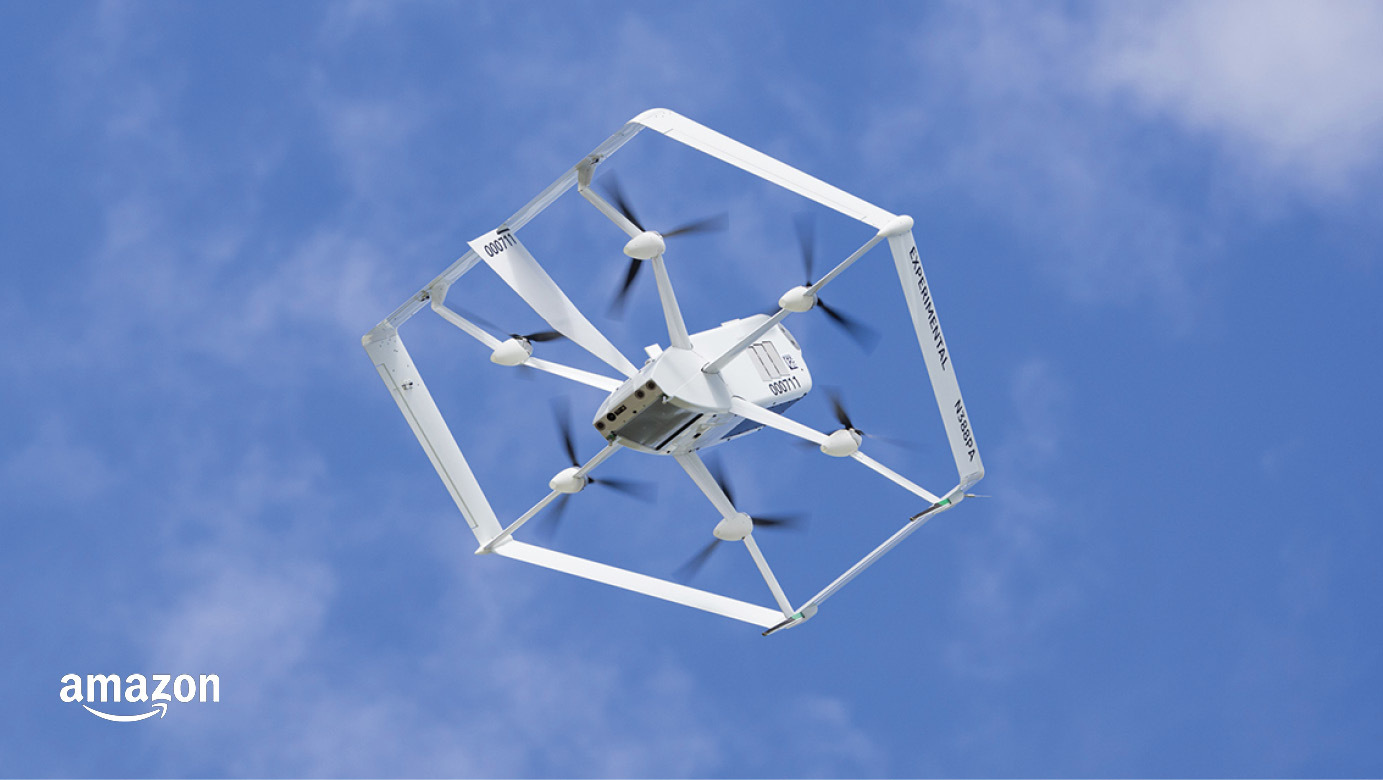
But in the last-mile world, drones are kind of a funny idea. Certainly it has its merits: Many packages are small and light and a drone could skip traffic or travel in a straight line over residential blocks to cut hours off delivery times. But that’s before you reckon with any of the actual needs or restrictions of the logistics world.
To begin with, drones wouldn’t even cover the last mile — more like the last few hundred meters. Part of the reason for this is regulatory; it’s extremely unlikely that Amazon could procure a permit to fly its drones over all the private property in a city. The liability is just too damn high. Sure, you can do some sweetheart test markets in a random suburb, but good luck convincing urban areas to let commercial drones infest their skies at all hours.
Alphabet’s Wing drones hit 200,000 deliveries as it announces supermarket partnership
So what are they going to do, fly along the streets? High enough that they don’t hit any wires or trees? Carrying a one-pound package? Only at certain hours? It isn’t particularly efficient! And then, the first time one of those packages or drones drops out of the sky and cracks a windshield next to a grade school, those drones are done in that city, and probably every other city. Done!
Even if they could guarantee no accidents, no one wants those things flying around their neighborhood. Best case scenario is: fucking annoying. Drones are pretty loud, and it’s not even the kind of loud you can get used to, like the dull roar of a freeway a few blocks off. No, drones make the most annoying sound in the world short of Jeff Bezos’s laugh. Small ones, big ones, they all sound horrible.
There are advances to be brought to bear here, but really, when you have four to eight little rotors spinning at however many thousand RPMs and moving the necessary air downwards to lift a couple dozen pounds of body and payload, you tend to create a certain amount of truly obnoxious noise. That’s just the physics of the thing. If we could make helicopters quiet we would have done so by now.
Even if we allow these drones dominion over the air and let them fly with impunity, they’re laughably limited. Where do packages go normally? In a big clearing in your building’s courtyard? On the roof? No, they go to the lobby, which locks, or perhaps in a parcel box… which locks. As commerce has moved online, parcel delivery has skyrocketed, and so has parcel theft. Imagine if a package made a really loud whining noise wherever it went, then was guaranteed to be left out in the open somewhere. It’s a really frictionless experience for the criminals, at least.
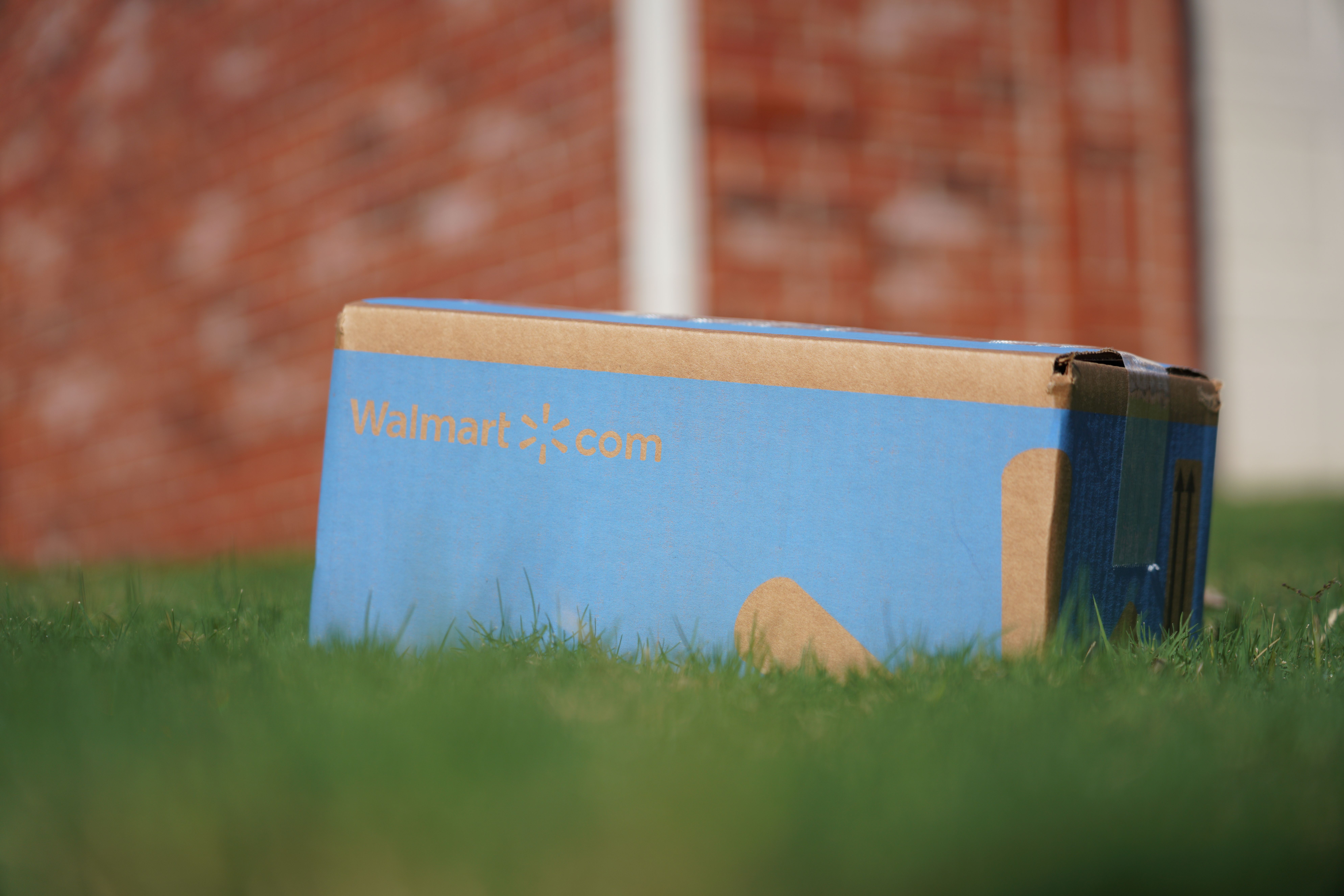
A drone can’t ring a doorbell or buzz your apartment (unless you hook it into your smart home infrastructure — best of luck with that). It doesn’t have a key to the lobby. It can’t ask you for a signature. Cities are diverse and complex physical environments with a wide variety of obstacles, methods and requirements for making a package go from here to there in a safe and satisfactory way. We haven’t figured out how any robot can successfully deliver something without the recipient coming out to get it immediately, and doing it from the sky is even harder.
Air-dropping is one of the worst possible ways (outside of combat) to deliver anything, only slightly better than yeeting it over the fence — admittedly common, but disapproved of. Good luck with food delivery too… crows are fast learners. The idea of a burrito delivery drone being trailed by a cawing multitude or being harried by a couple trash-loving bald eagles does have significant comic value, though.
Single-family homes may be able to take advantage of this, but remember the suburbs are very spread out and full of NIMBYs. More area to cover means less revenue per square mile, not to mention interference from homeowners’ associations, golf courses and others who don’t want the bother.
One questions the need for this service, as well. For as little as it has to offer, it’s asking a lot in development costs, in changes to how consumers operate and the protections they already enjoy. Are you not receiving your Amazon packages fast enough? They literally offer same-day delivery. Sure, it’s annoying having four types of delivery trucks block your street three times a day each, but would you rather your neighborhood sounded like the inside of an agitated beehive as each one of the seven-dozen packages coming to your block arrives individually? (Not to mention the crows!)
There’s definitely room for improvement in the logistics world, but there’s a really good reason we use trucks and humans for this. Logistics providers need to work around existing city infrastructure with as few exceptions or complications as possible, and drones introduce countless new exceptions and complications while needing to actively avoid infrastructure.
Where it works
This doesn’t mean that drones have no place in transport. On the contrary, they offer a unique and valuable capability for high-priority, time-sensitive and regular payloads. I have been pleased to follow the ongoing experiment in Switzerland between Matternet and a few hospitals in proximity to each other there, where drones carried lab samples, blood and so on between them that would normally be transported by ambulance or courier.
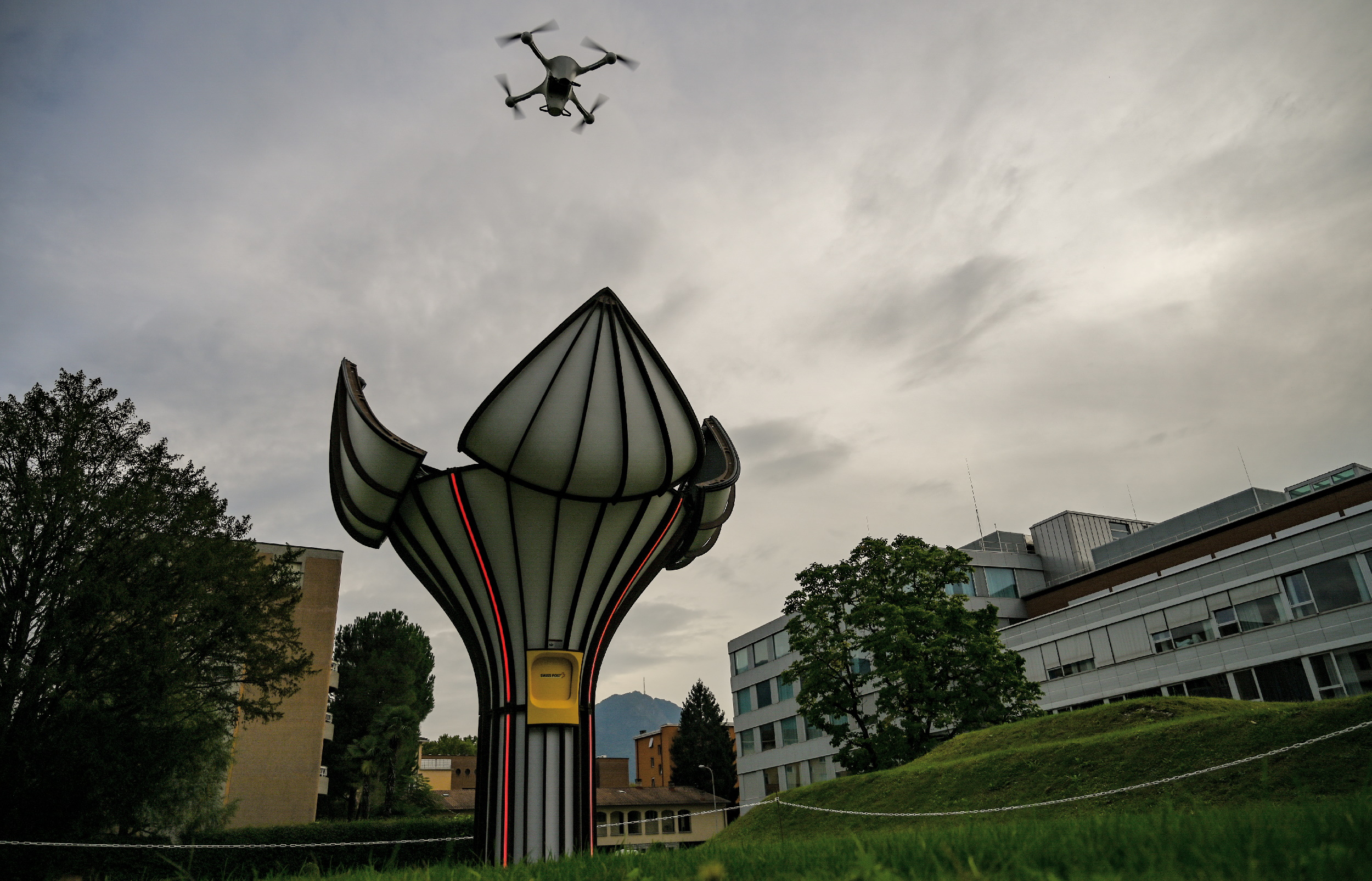
They’ve even set up an impressive tulip-like automated landing, charging and delivery tower with secure access so only authorized staff can collect the item. Or blood. But it’s not the kind of thing you can get in your back yard, or likely even on the roof of a big apartment complex.
In other places, long-distance drones like Zipline’s have helped make high-priority deliveries to small towns or isolated facilities where land-based delivery would be wasteful or inconvenient. This is a situation where a winged UAV makes lots of sense, and offers a meaningful improvement over the traditional small aircraft or dirt road method. Inter-island commerce in a place like Hawai’i or Malaysia also could benefit from this, and people are exploring that possibility as well. (Actually as I was writing this Zipline announced it was testing delivery in Salt Lake City, presumably from medical centers to more distant locations.)
Zipline raises $250M at $2.75B valuation to build out its instant logistics service
You see that there’s no real objection to the idea, or the technology of drone delivery. It’s just that companies appear to be pouring resources into use cases that promise nothing but trouble for no real gains. Speaking of which…
“Air taxis” are just private helicopters for the rich
Let’s talk about another of those harebrained ideas: air taxis. The first and, I suspect, only real victory this industry will have is in shaping the narrative. Popularizing the term “air taxis” was a brilliant bit of propaganda. Because these are really obviously just private helicopters. But we can use the disinterested term “passenger drones” because that’s what they are if you don’t editorialize one way or the other (or if you’ve frontloaded your editorializing in a sub-heading).
Passenger drones are big-time Jetsons-mindset tech. Here it is, the flying car you asked for! We’ve heard that before, though. There’s always a catch.
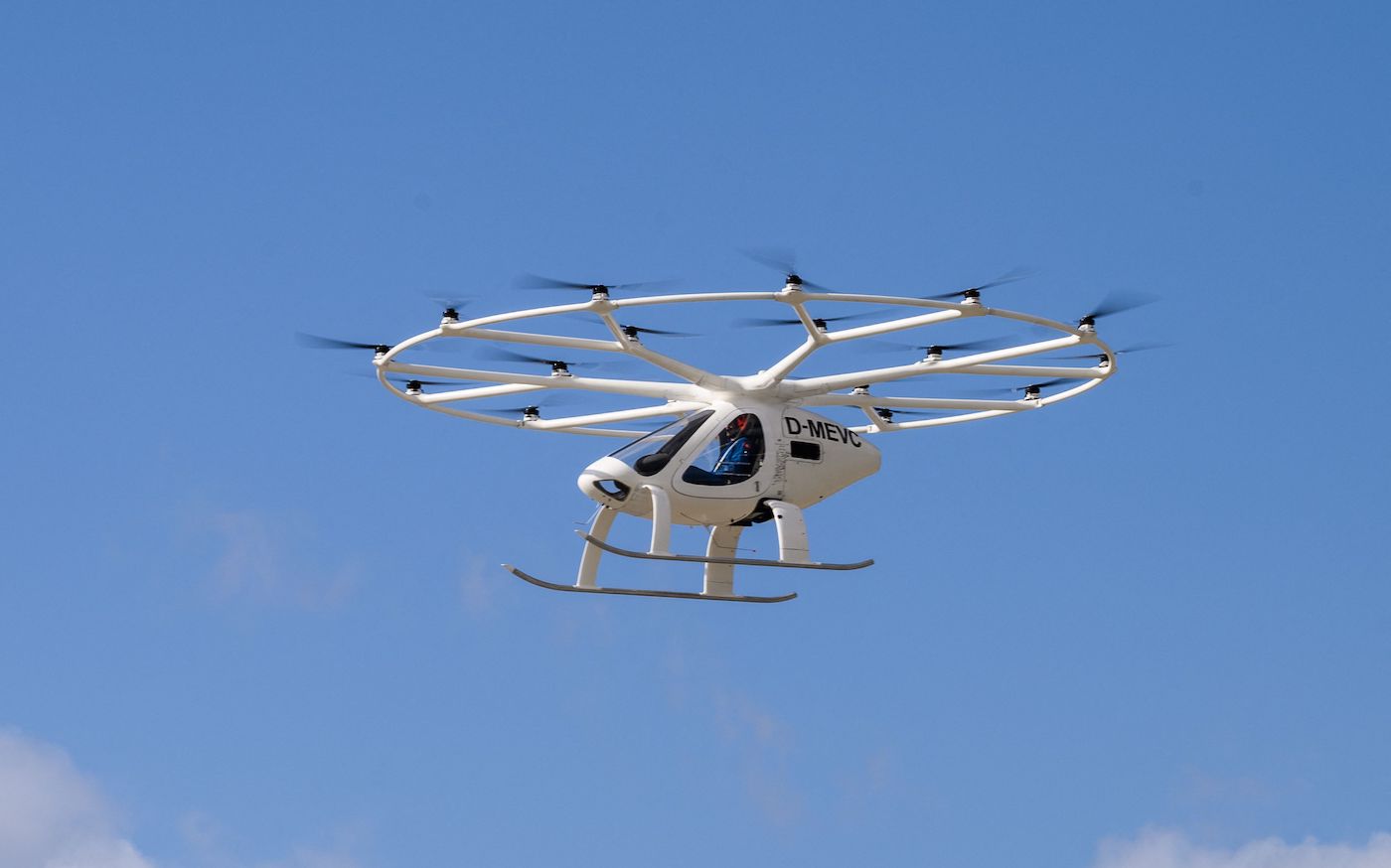
In this case the catch is that no one has any idea how these things will get around the city or why anyone would opt for them over the inevitable self-driving taxis, which unlike passenger drones seem both practical and genuinely inevitable.
Oh, we’ve heard a lot about “vertiports,” the block-size landing pads and passenger embarkation/disembarkation station. In a way it makes perfect sense: Like a bus stop, you can have multiple lines and brands passing through, with all the facilities you need, battery swapping, and so on. People will be disappointed that their flying car will not take off from the curb outside their house, but it’s better than nothing, right?
Only… is it? Is it better than nothing?
Passenger drones will face many of the same challenges that delivery drones would: huge liability for flying over private homes and businesses, hawk-eyed regulators scrutinizing every aspect of their operations, constant noise pollution wherever they fly or land and, most worrying of all, incredibly limited capacity.
These drones carry between two and six people — maybe a couple more, but the physics get in the way pretty fast until we make some serious leaps in battery technology. Coincidentally that’s the same number that fit in a car or small van. But the drone flies, right? So it’s faster. Yes, but it also leaves on a schedule — there’s no way it will just leave when you hop in. Even if it made sense financially (it doesn’t), the FAA would never allow that level of autonomy until we have an AI-powered full-city land, sea and air transport system aware of and coordinating every vehicle in motion. When that exists let’s revisit the topic, if we aren’t all full-time metaverse residents by then. For the immediate future, these things are going to take off at most every 15 minutes or so.

If you take a car in the city — anywhere these drones will serve — it will arrive in or on the order of five minutes or less, and you’re on your way. Also, it goes anywhere you want, usually within like 10 feet. The drones, like other hub-based transit, require additional transport on either side of the airborne leg. If you’re lucky enough (or unlucky enough, considering the constant noise) to live right by a vertiport, if we really must call them that, great. But chances are you’ll need to ride something to get there in the first place; there’s no way these things are going to be densely placed enough to all be walkable.
Then of course unless your final destination on the other side is “the downtown vertiport” then you’ve got more walking in your future. Sure, transportation “super-apps” might let you charge it all to one place… but does it really sound “good” to have to take a scooter, an e-bike and a helicopter to get somewhere, or is it just “not horrible”?
Think about it this way: If the above was the existing method, and I told you that you could soon summon a car immediately to your exact location and it would take you to your exact destination, wouldn’t that sound infinitely better?
Of course it’s the same challenge with subways, buses, trains and any other hub-type transport with stops. The difference is the subway costs under five bucks and takes you as far as you want to go. It also carries hundreds of people at a time with amazing energy efficiency. Passenger drones… not so much.
We haven’t heard a lot about the business models for these things because no one is willing to come out and admit that they’re going to be really expensive. In spite of some claims, if it’s less than $50 a mile I’d be shocked. When you consider the cost of the fleet, the schedule it can run on and the number of people these drones can carry, it only makes sense if the passengers have fat wallets. Even for milk runs like downtown to the airport and back.
We already have private helicopters. Rich people take them places all the time! And we have vertiports… private vertiports called helicopter pads, on the tops of bank buildings and megayachts. Sure, passenger drones would definitely be cheaper. But not so cheap we should start calling them air taxis. I bet they’ll be a quarter the price of a private helicopter ride… which is still probably 20 times more than what ordinary people are willing to pay. Make no mistake — at best these are flying limousines.
Beyond the lucrative “shuttling rich people around,” a legacy business category going back to the palanquin, there may be some pity trips mixed in there as part of partnerships with airlines. Add $100 to land in LAX and get straight on an air limo to Santa Monica… even I’d do that at rush hour. But I seriously doubt they’ll even meet costs doing this. It’ll be like those scooters whose lifetime rental income was less than what they cost to make. Except in this case the scooter costs eight million dollars.
Where it works
Really, when I imagine the cities of 10 years hence, I don’t picture these things buzzing around in the air bothering everyone except along highways between major points of interest. It’s just too silly to think that they’ll be doing anything other than providing a high-cost service on a hub model.
For emergencies of both medical and domestic natures, it will be a welcome option to have. Every once in a while you really need to get to another part of the city as fast as possible and you don’t care how much it costs. This could be a literal life-saver at those times. Only if you can cut the rich people in line, of course. (Not with a knife, I mean like jumping the queue. A few years ago I feel that clarification wouldn’t be necessary, but here we are.)
No, the future I can more easily envision is one where self-driving and driver-driven cars have a shifting and contentious but ultimately fruitful coexistence. Air limos will be there, but who will use them when you can pay a tiny fraction of the price and have a chill ride in a driverless from exactly where you’re standing to exactly where you want to go? The air limo is a sack of problems with “solution” written on it.
One area where you may see some real innovation is in regional air travel — a 50-mile drive that takes an hour or two could be replaced by a commuter electric plane taking off from local airports and hubs. That could take a few people off the road, but nothing like high-speed rail. Still, never underestimate the value of skipping traffic. Those planes might not be cheap, but they’d be full.
Pyka adapts its autonomous electric plane for cargo runs with a $37M round
In 20 years, though?
Like all grumpy prognosticators, I’m probably wrong in the long term. The potential for something is there, and of course if you can get enough rich people on board, you can convince investors it’s just a matter of time before it trickles down. The changes we’ve seen in the last 20 years will probably be comparable to the next 20, and I’d hate to speculate beyond a reasonable horizon.
That said, right now this feels more like a Newton moment than an iPhone moment. The batteries are not there. The tech is not there. The regulations and oversight are not there. Nor is the demand, especially once the true cost of the systems became the customers’ burden instead of investors’.
Will there be some niche cases where the tech we have fits perfectly and provides a useful service? Of course — there already are! Just don’t expect that just because it works when you need to get insulin to an off-grid village, it will work to bring your Starbucks order to your windowsill while the latté is still foamy.
And seriously, don’t forget about the crows.
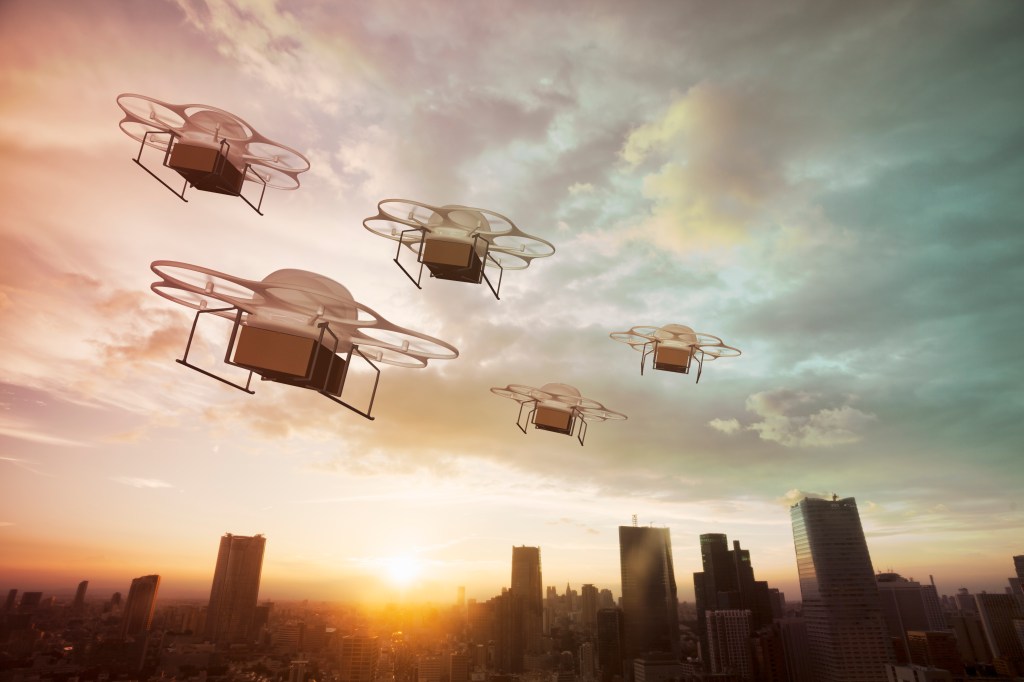






























Comment